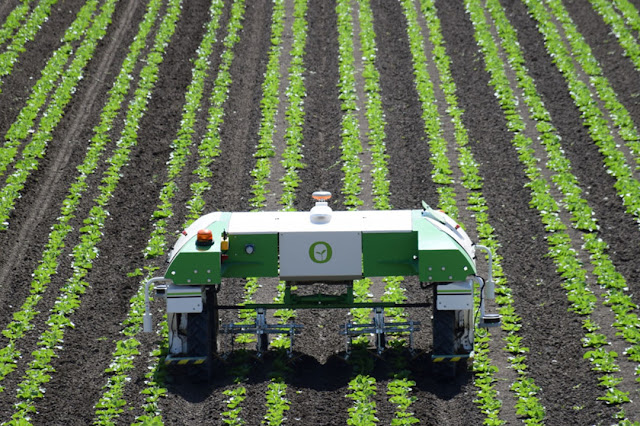Unlocking the Power of Industrial Enzymes
 |
| Industrial Enzymes |
Industrial enzymes are the unsung heroes of modern
manufacturing, quietly revolutionizing processes across a multitude of
industries. From food and beverage production to textile manufacturing and beyond,
these microscopic catalysts play a pivotal role in enhancing efficiency,
sustainability, and product quality.
Understanding
Industrial Enzymes
At their core, enzymes are specialized proteins that act as
biological catalysts, speeding up chemical reactions without being consumed in
the process. Industrial enzymes are derived from microorganisms like bacteria,
fungi, and yeast, or are genetically engineered to perform specific tasks in
industrial settings. Their versatility lies in their ability to target and
accelerate specific reactions, making them indispensable in various sectors.
Diverse
Applications in Food and Beverage Industries
One of the most prominent uses of Industrial
Enzymes is in the food and beverage industry. They are employed in
processes such as brewing, baking, dairy production, and fruit juice
extraction. For example, enzymes like amylases and proteases aid in starch
conversion during beer brewing and dough fermentation in baking, leading to
improved flavor, texture, and shelf life of the final products.
In dairy processing, enzymes like lactase are used to break
down lactose, making dairy products accessible to lactose-intolerant consumers.
Enzymes also play a crucial role in fruit juice production by enhancing juice
yield and clarity through pectinase and cellulase activities.
Sustainable
Solutions in Textile and Paper Industries
Beyond food, industrial enzymes contribute significantly to
sustainability efforts in the textile and paper industries. Enzymes such as
cellulases and amylases are employed in textile processing to achieve
biofinishing effects, improving fabric softness and reducing the need for harsh
chemicals.
In paper production, enzymes aid in pulp bleaching, reducing
environmental impact by replacing chlorine-based bleaching agents with
enzyme-based alternatives. This shift towards enzymatic processes not only
minimizes pollution but also enhances product quality.
Environmental
Benefits and Cost-Efficiency
The adoption of industrial enzymes brings notable
environmental benefits. By replacing traditional chemical methods with
enzymatic processes, industries can reduce water consumption, energy usage, and
waste generation. Enzymes operate under milder conditions, requiring lower
temperatures and less water, contributing to a greener manufacturing footprint.
Moreover, the cost-efficiency of industrial enzymes cannot be
overstated. While initial investment in enzyme technology may be higher than
traditional methods, the long-term savings in energy, raw materials, and waste
disposal outweigh the upfront costs. Companies embracing enzymatic solutions
often experience improved productivity and competitiveness in the global
market.
Future Prospects
and Research Advancements
Looking ahead, ongoing research and development in enzyme
technology promise even greater advancements. Scientists are exploring new
enzyme sources, optimizing enzyme properties through protein engineering, and
expanding applications into emerging sectors like biofuels, pharmaceuticals,
and bioplastics.
Enzymes' potential to drive the bioeconomy forward is
immense, offering sustainable alternatives to fossil fuel-based processes and
contributing to a more circular and resource-efficient economy.
Industrial enzymes are indispensable tools driving innovation
and sustainability across diverse industries. Their ability to catalyze
reactions with precision, reduce environmental impact, and enhance product
quality positions them as key players in the quest for a more sustainable and
efficient future. As industries continue to harness the power of enzymes, we
can expect transformative changes that benefit both businesses and the planet.



Comments
Post a Comment